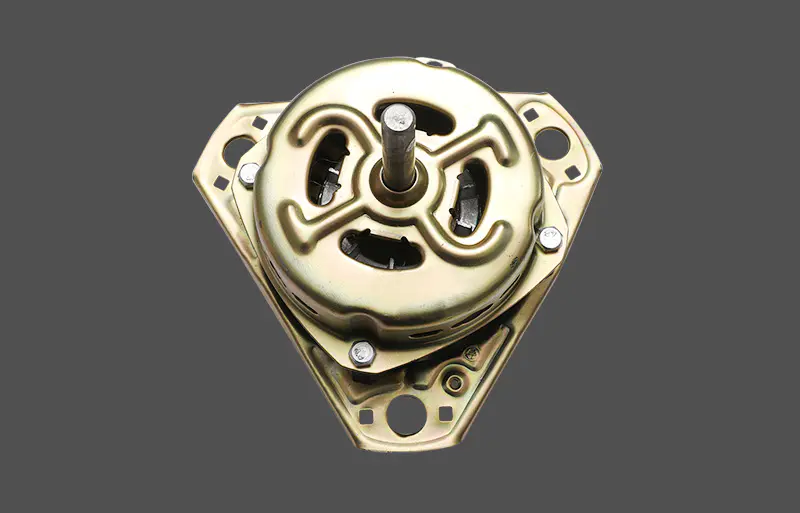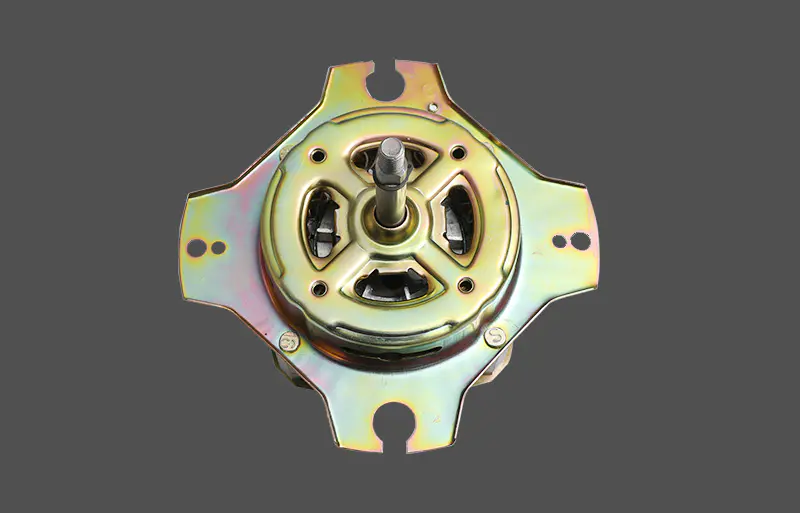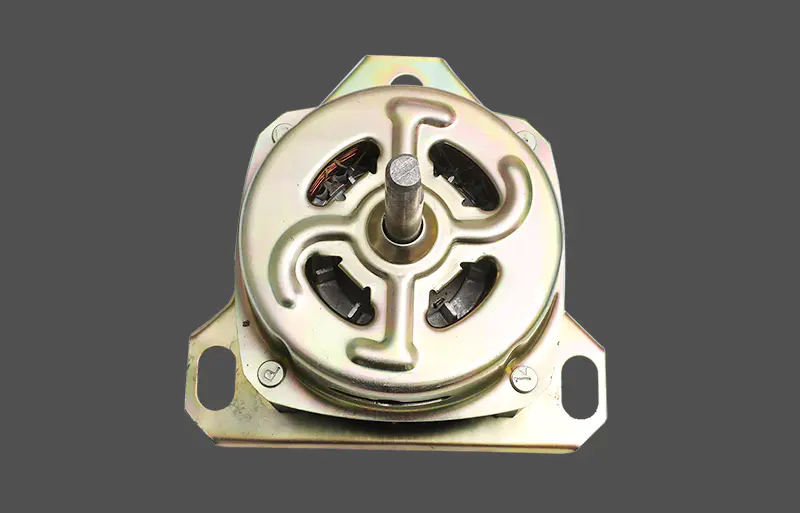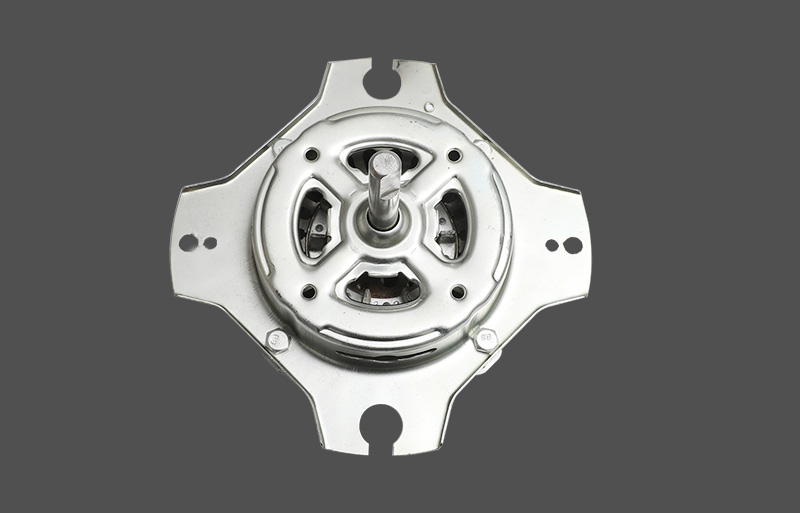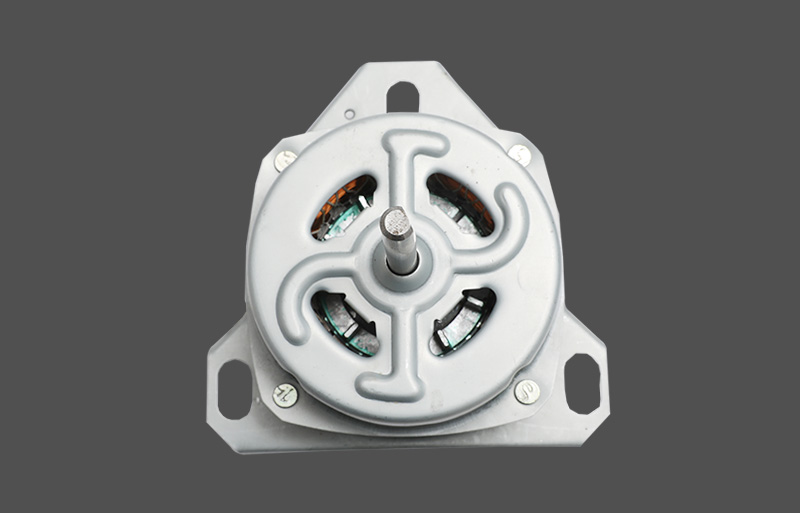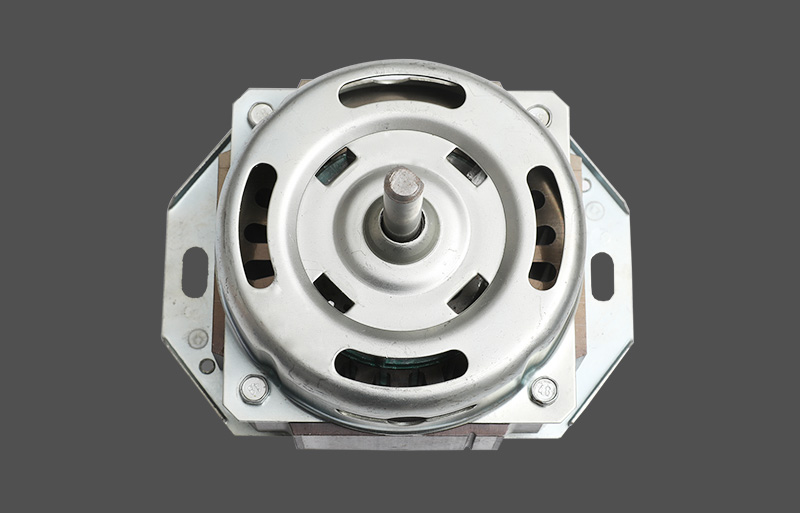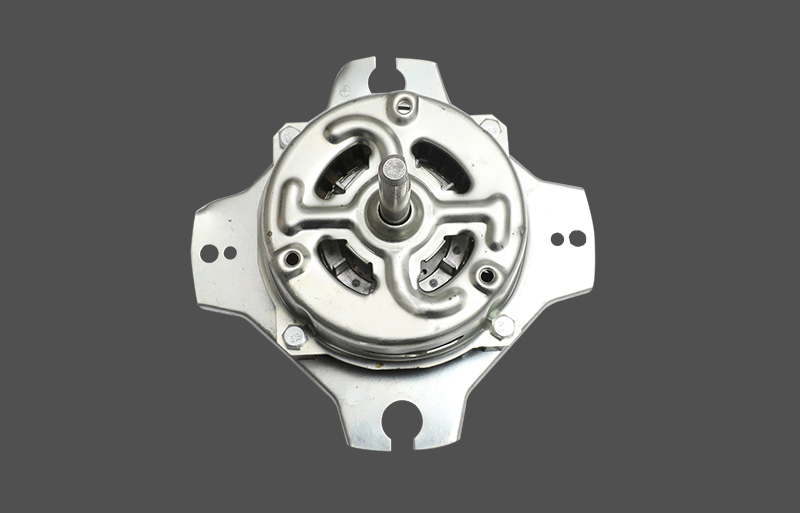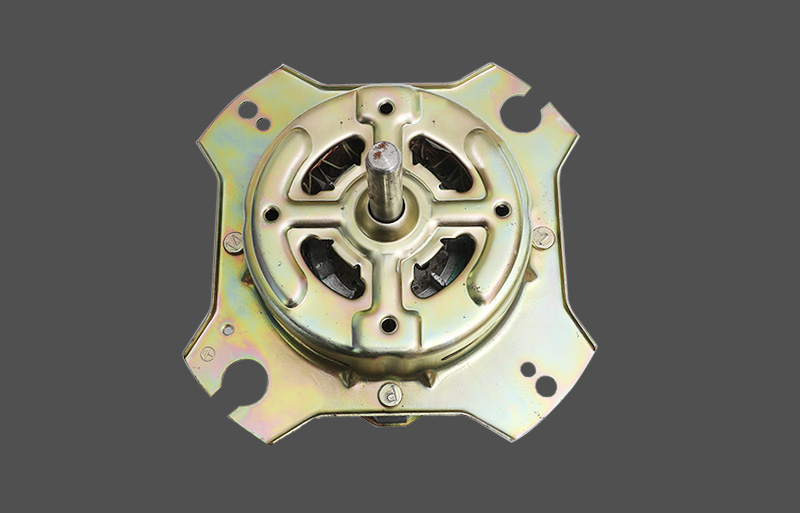In the medical device field, especially in the design and manufacture of ventilators, controlling acoustic noise is a critical technical challenge. As the core power source, the noise generated by the ventilator motor directly impacts patient comfort and the quality of the medical environment. Understanding the physical sources of this noise is a prerequisite for designing ultra-quiet ventilators.
Ventilator motor noise can be primarily categorized into three categories: electromagnetic noise, mechanical noise, and aerodynamic noise. The following provides a professional and in-depth analysis of these three sources.
Electromagnetic Noise
Electromagnetic noise is noise unique to motors, generated by vibrations caused by electromagnetic forces.
1. Torque Ripple
Torque ripple is one of the most important electromagnetic sources of motor noise. It refers to the periodic fluctuations in the motor's output torque during rotation.
Harmonic Currents: When a PWM (Pulse Width Modulation) inverter drives a motor, the non-ideal current waveform (containing high harmonics) interacts with the air gap magnetic field, generating unstable electromagnetic forces that lead to torque ripple and vibration.
Cogging Torque: This is caused by the interaction between the teeth and slots of the stator core and the magnetic field of the permanent magnets. This pulsation occurs even when the motor is unpowered, as long as the rotor rotates. Optimizing the slot/pole ratio and magnet skew is key to reducing cogging torque.
2. Radial Electromagnetic Force Waves
When the magnetic fields of the stator and rotor interact, radial electromagnetic forces are generated on the stator core.
Stator Vibration: These radial forces act on the stator in the form of waves, causing minute vibrations in the stator core and housing. When the vibration frequency approaches the stator's natural frequency, resonance occurs, radiating high-intensity noise.
Magnetostriction: Ferromagnetic materials undergo minute dimensional changes in a magnetic field. The magnetostrictive effect of the motor core is also a potential source of high-frequency noise, although its impact is generally smaller than that of direct electromagnetic forces.
Mechanical Noise
Mechanical noise is generated by physical contact, friction, or imbalance between the motor's moving parts.
1. Bearing Noise
Bearings are one of the main sources of wear and noise in motors. Ventilators require extremely high long-term reliability, placing strict demands on the quality and type of bearings.
Rolling Element Defects: Poor geometric accuracy and surface finish of balls, inner and outer races can lead to irregular impact and friction noise.
Lubrication Condition: Grease type, amount, and aging directly affect bearing friction and noise levels. Selecting high-quality, low-noise bearings is essential.
2. Rotor Imbalance and Eccentricity
Dynamic Balancing: Uneven rotor mass distribution generates centrifugal forces during high-speed rotation, causing severe vibration and low-frequency noise. Strict dynamic balancing is essential for reducing this noise.
Rotor Eccentricity: Uneven air gaps lead to an imbalance in electromagnetic forces, creating unbalanced magnetic pull (UMP), which in turn exacerbates rotor vibration and generates additional mechanical and electromagnetic noise.
3. Loose Structure and Assembly
Loose connections between components such as the motor housing, end caps, and fasteners can generate structure-borne noise such as knocking and friction when the motor vibrates. High-quality assembly tolerances and the proper application of damping materials are crucial.
Aerodynamic Noise
Aerodynamic noise is generated by the interaction between motor components and the surrounding air during high-speed rotation. It is particularly noticeable in high-speed motors such as ventilator motors.
1. Cooling Fan Noise
For motors with internal or external fan cooling, vortex noise and pulse noise are generated as the fan blades cut through the air.
Blade Design: The blade geometry, number, and pitch have a decisive influence on noise. Ventilators generally prefer fanless designs or optimized airflow paths to minimize this type of noise.
2. High-Speed Friction and Turbulence
Even without a dedicated cooling fan, the high-speed rotation of the rotor, the magnetic surface, and the air inside the motor will generate friction and turbulence. This noise contribution increases significantly at extremely high speeds. Optimizing the rotor's surface smoothness and design can effectively mitigate this.




